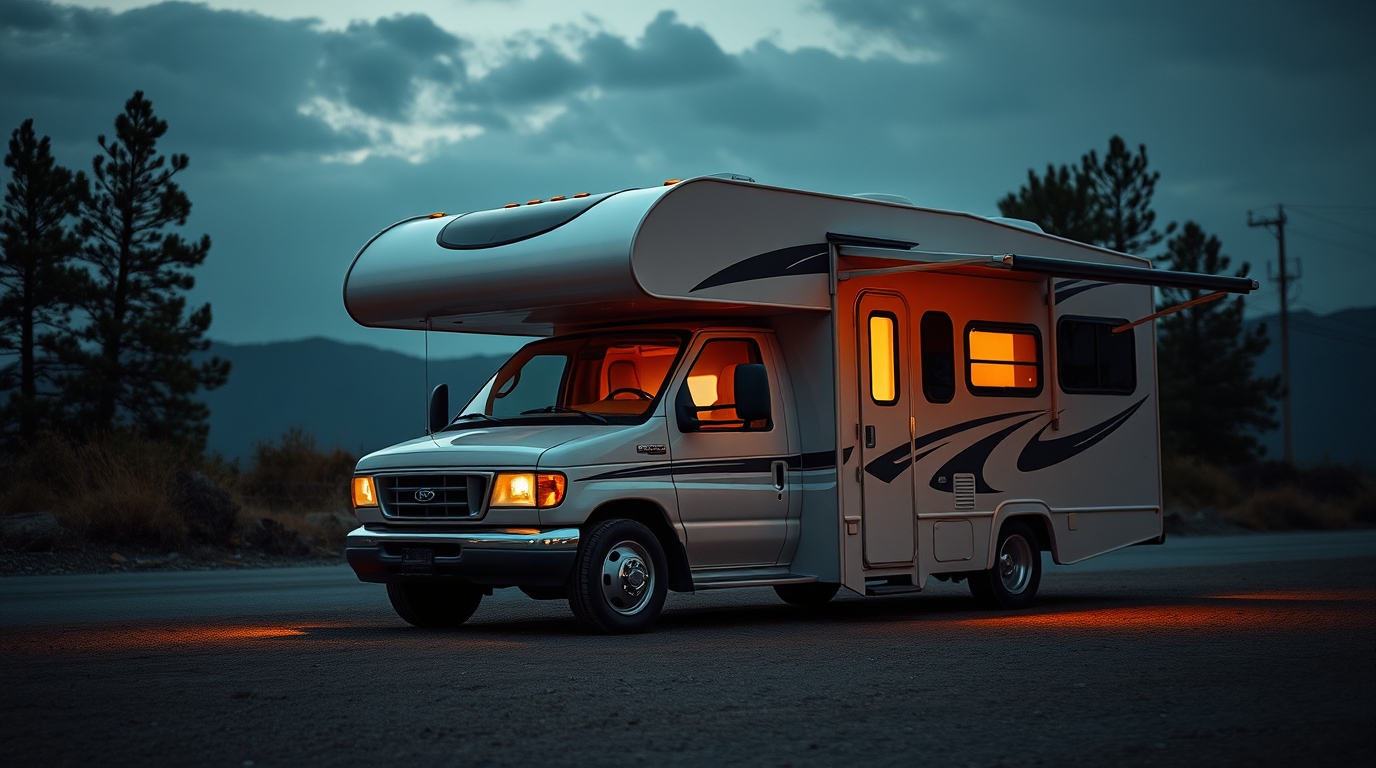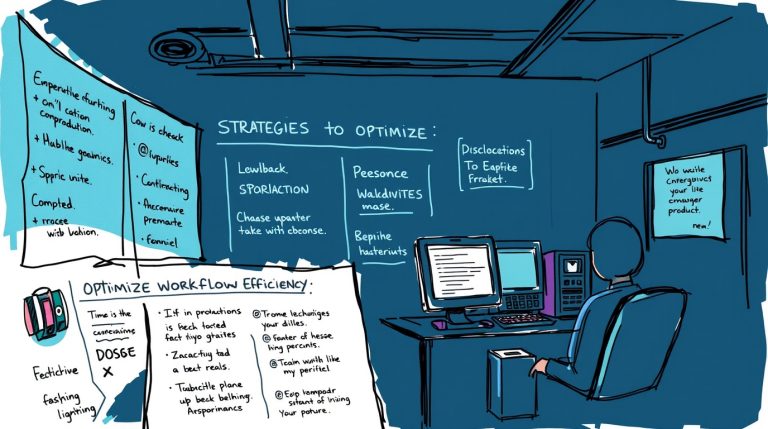Proper maintenance is the key to ensuring your recreational vehicle (RV) stays road-ready and reliable for years to come. With seasonal changes significantly impacting your RV’s condition, routine checkups and upkeep become non-negotiable. Whether you’re gearing up for a summer adventure or tucking your RV away for winter, these tips will help you protect your investment and ensure every trip is smooth.
Table of Contents
Why Seasonal Maintenance Matters
Your RV faces a variety of challenges throughout the year, from soaring summer temperatures to freezing winter conditions. Each season brings unique threats to your vehicle’s exterior, internal systems, and performance. Failing to keep up with maintenance can lead to costly repairs, shortened lifespan, or even safety issues during travel. By addressing these seasonal needs, you’ll ensure your RV is ready whenever the open road calls your name.
Below, we’ve compiled the most critical seasonal maintenance tips to keep your RV in top condition year-round.
Spring Maintenance Checklist
With winter behind you, spring is the perfect time to prepare your RV for upcoming travel.
Here’s what you need to do to ensure it’s road-ready:
1. Inspect for Damage
Inspect your RV’s exterior for any wear and tear that winter likely left behind. Look for cracks, rust, or any damage to the siding, roof seals, or windows. Ice and snow often take a toll on your vehicle’s structure, so catching issues early will mitigate further damage.
2. Battery Maintenance
Wintertime storage can affect the life of your battery. Before hitting the road, check your battery for corrosion or low electrolyte levels. Use a multimeter to test its charge. If the battery is sluggish, this may be the ideal time to replace it.
3. Check Tires
Temperature changes may have caused fluctuations in your tire pressure. Inspect your tires for proper inflation and look for cracks or uneven wear on the treads. Rotating or replacing tires at the start of the season will increase safety and extend their lifespan.
4. De-Winterize Your Systems
Flush out your water system and clean your filters to remove any antifreeze you used during winterization. Check your plumbing for leaks and ensure the hot water system is operational.
Summer Maintenance Checklist
Summer is prime travel season for RV owners, but high temperatures and frequent driving can create wear and tear.
1. Test the Air Conditioning System
Comfort is crucial as you travel under the sun. Ensure your air conditioner runs efficiently by cleaning filters and testing the system. If airflow seems weak, consult a professional for servicing.
2. Verify Braking Systems
The increased mileage during summer requires peak braking performance. Test your brake pads and fluid levels for optimal operation.
3. Check Fluid Levels
Summer’s heat can affect your RV’s fluids, such as engine oil, brake fluid, and coolant. Top them off if necessary to avoid overheating on the road.
4. Safety Gear Inventory
A long summer trip often includes unpredictable adventures. Double-check that your emergency kit is packed with essentials like a first aid kit, fire extinguisher, and roadside flares. Freshly stocked safety gear is an absolute must.
Fall Maintenance Checklist
Fall signals the end of peak travel season, and it’s time to prepare your RV for winter downtime.
1. Deep Clean the Interior and Exterior
Give your RV a thorough cleaning to remove summer dust, bugs, and debris. Washing the exterior will also help protect against corrosion and long-term wear during the colder months.
2. Seal Windows and Roof
Inspect seals around your roof and windows, as temperature changes can cause them to crack. Replacing broken seals now will prevent water damage when snow or rain arrives.
3. Prep Your Engine
Check the engine oil and replace filters if necessary. Consider fuel stabilizers to maintain gas quality during winter storage and keep your generator clean and ready to go.
4. Research Winter Storage Options
Secure a safe place for your RV during the winter months. Many RV storage facilities in Oklahoma City offer temperature-controlled environments to protect against freezing conditions, humidity, and pests.
Winter Maintenance Checklist
Storing your RV in winter requires strategic protection to avoid unwanted surprises when spring comes around.
1. Winterize Plumbing Systems
Drain all water from your plumbing and add antifreeze to pipes and tanks to prevent freezing and cracking. This is a vital step for ensuring your water system stays functional.
2. Cover Your RV
Invest in a high-quality RV cover that protects from snow, ice, and UV rays. Cover the tires as well, as prolonged exposure to cold can crack the rubber.
3. Disconnect Batteries
If you’re storing your RV for an extended period, disconnect the batteries to prevent drainage and damage. Store them in a cool, dry place for safekeeping.
4. Ward off Pests
Seal off any openings to prevent rodents and insects from making your RV their winter home. Using rodent repellents or traps inside and around the vehicle is also advisable.
Optimizing Storage for Seasonal Maintenance
When it’s time to store your RV, choosing the right facility for long-term storage is essential. Look for secure parking options with amenities like temperature and humidity control to minimize wear. Facilities like those in RV storage facilities in Oklahoma City provide an ideal way to keep your vehicle safe from the elements.
Keep Your RV Adventure-Ready
Every season brings unique challenges for RV maintenance. By following these tips, you’ll reduce wear and tear, avoid costly repairs, and ensure you’re ready to hit the road whenever inspiration strikes. Need professional advice or secure storage solutions? Explore services near you to ensure your RV is maintained to the highest standard and in peak condition year-round.





